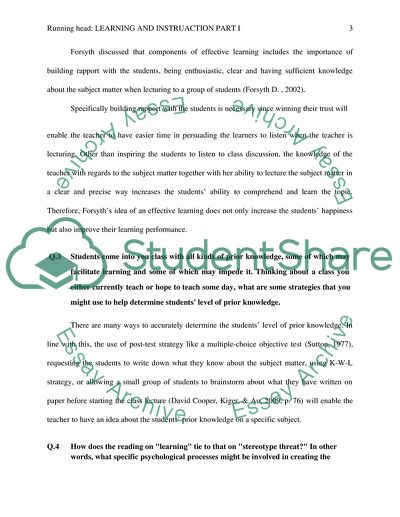Cite this document
(“Learning and Instruction: Didactic Approaches Assignment”, n.d.)
Learning and Instruction: Didactic Approaches Assignment. Retrieved from https://studentshare.org/education/1739535-learning-and-instruction-part-1-didactic-approaches
Learning and Instruction: Didactic Approaches Assignment. Retrieved from https://studentshare.org/education/1739535-learning-and-instruction-part-1-didactic-approaches
(Learning and Instruction: Didactic Approaches Assignment)
Learning and Instruction: Didactic Approaches Assignment. https://studentshare.org/education/1739535-learning-and-instruction-part-1-didactic-approaches.
Learning and Instruction: Didactic Approaches Assignment. https://studentshare.org/education/1739535-learning-and-instruction-part-1-didactic-approaches.
“Learning and Instruction: Didactic Approaches Assignment”, n.d. https://studentshare.org/education/1739535-learning-and-instruction-part-1-didactic-approaches.


